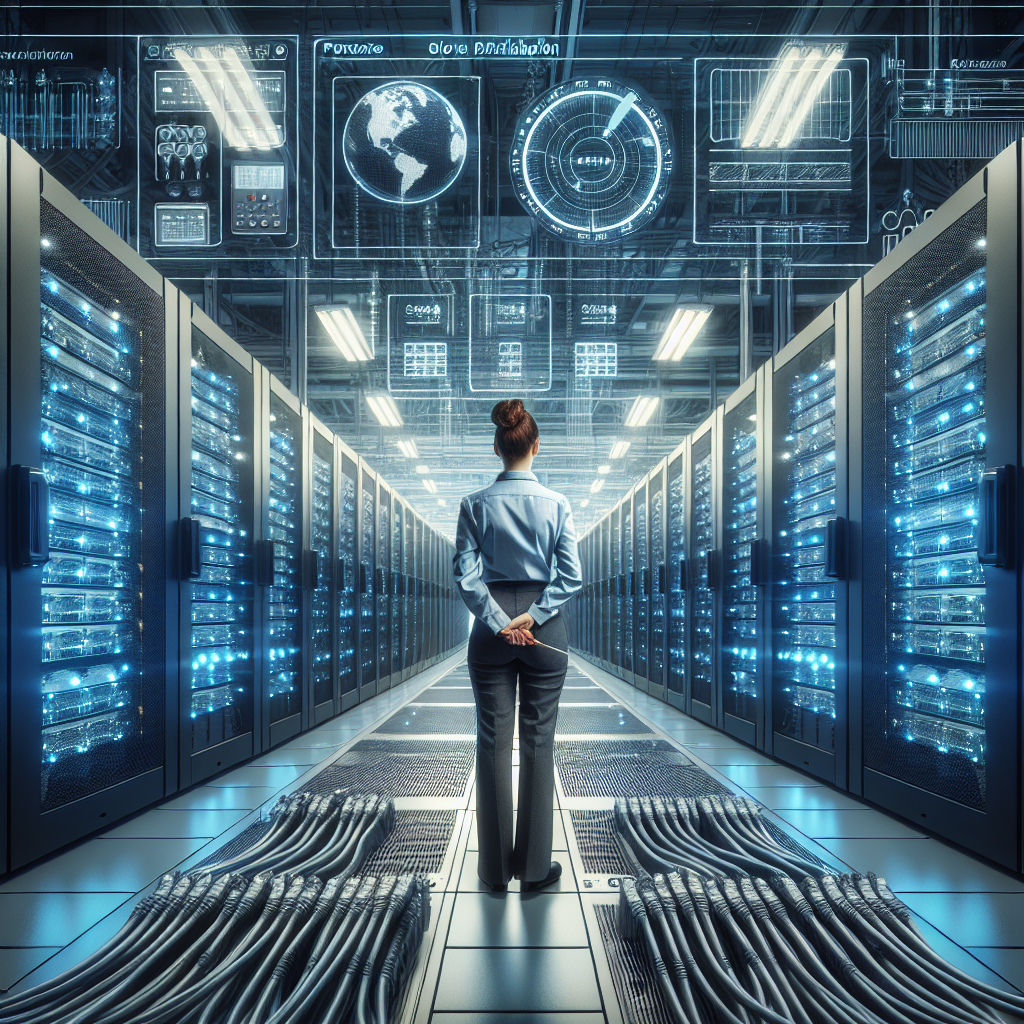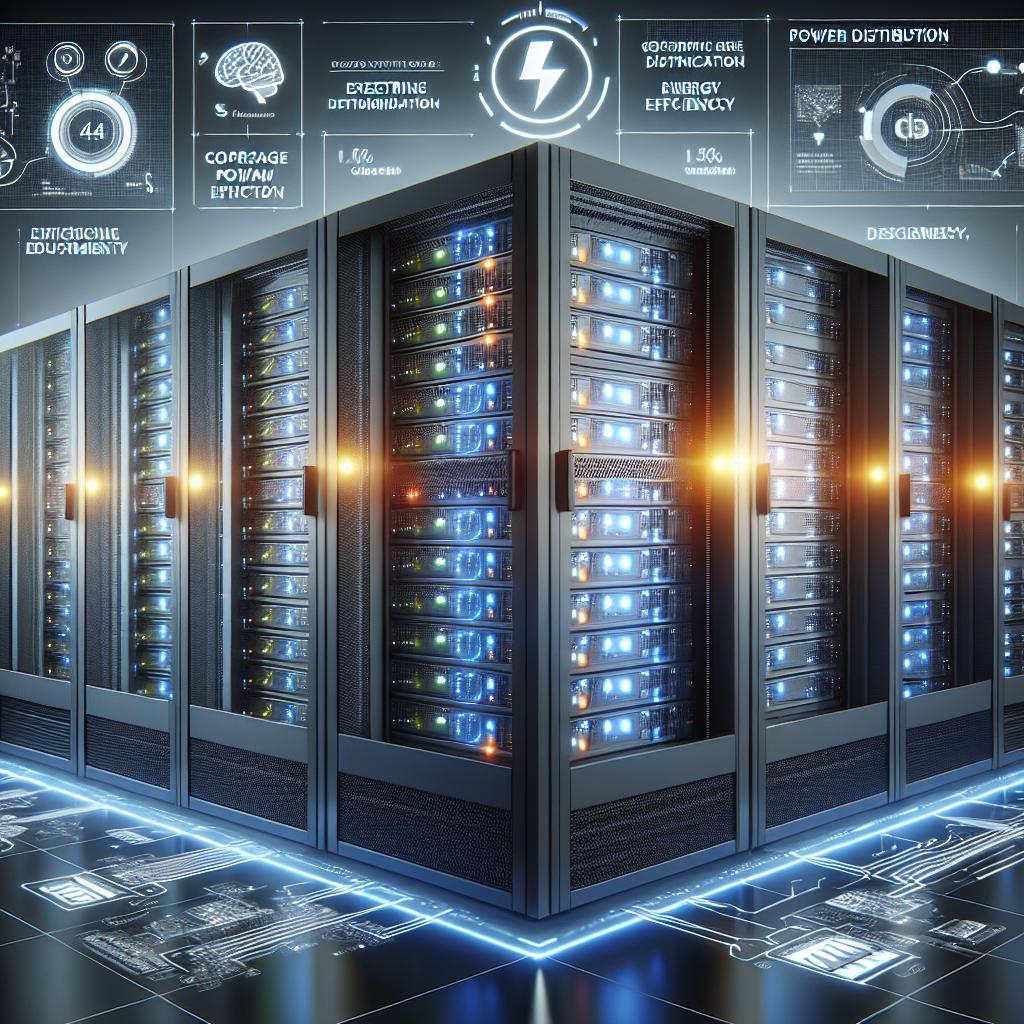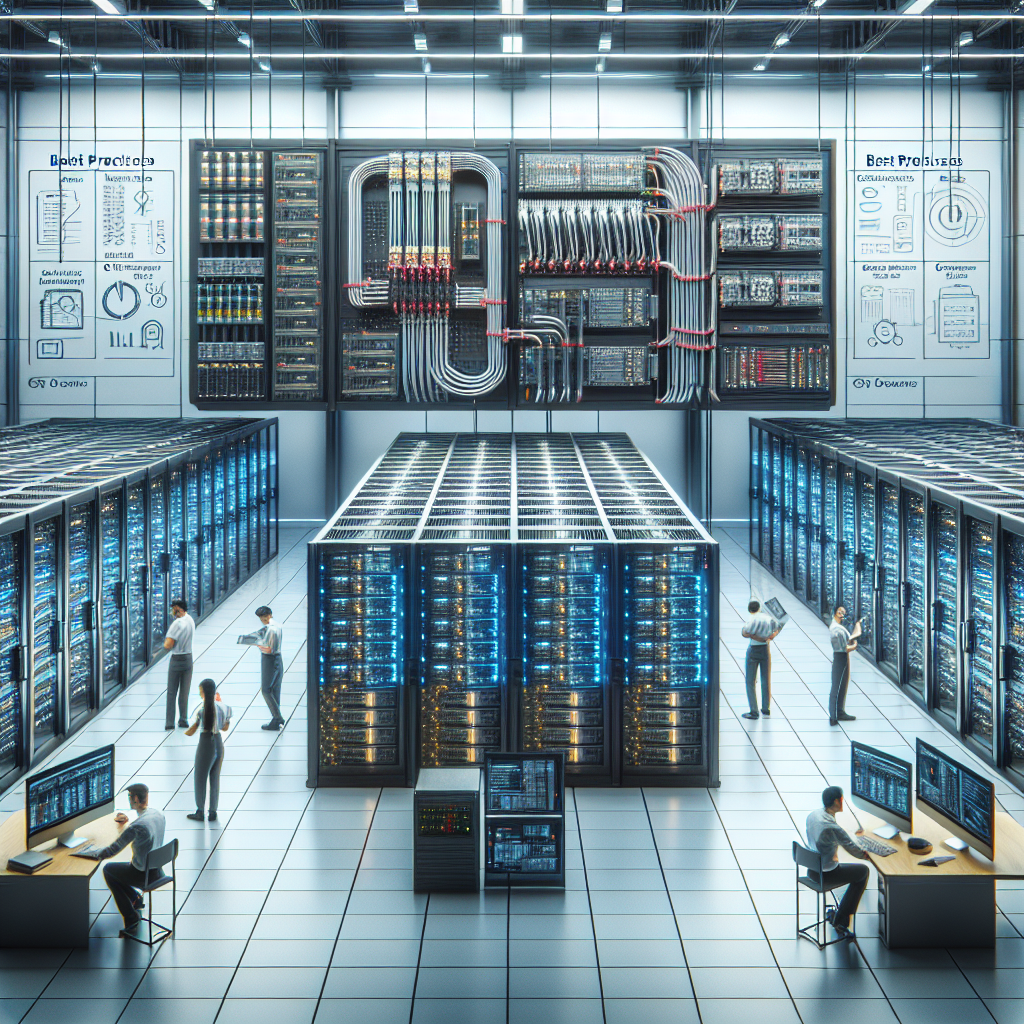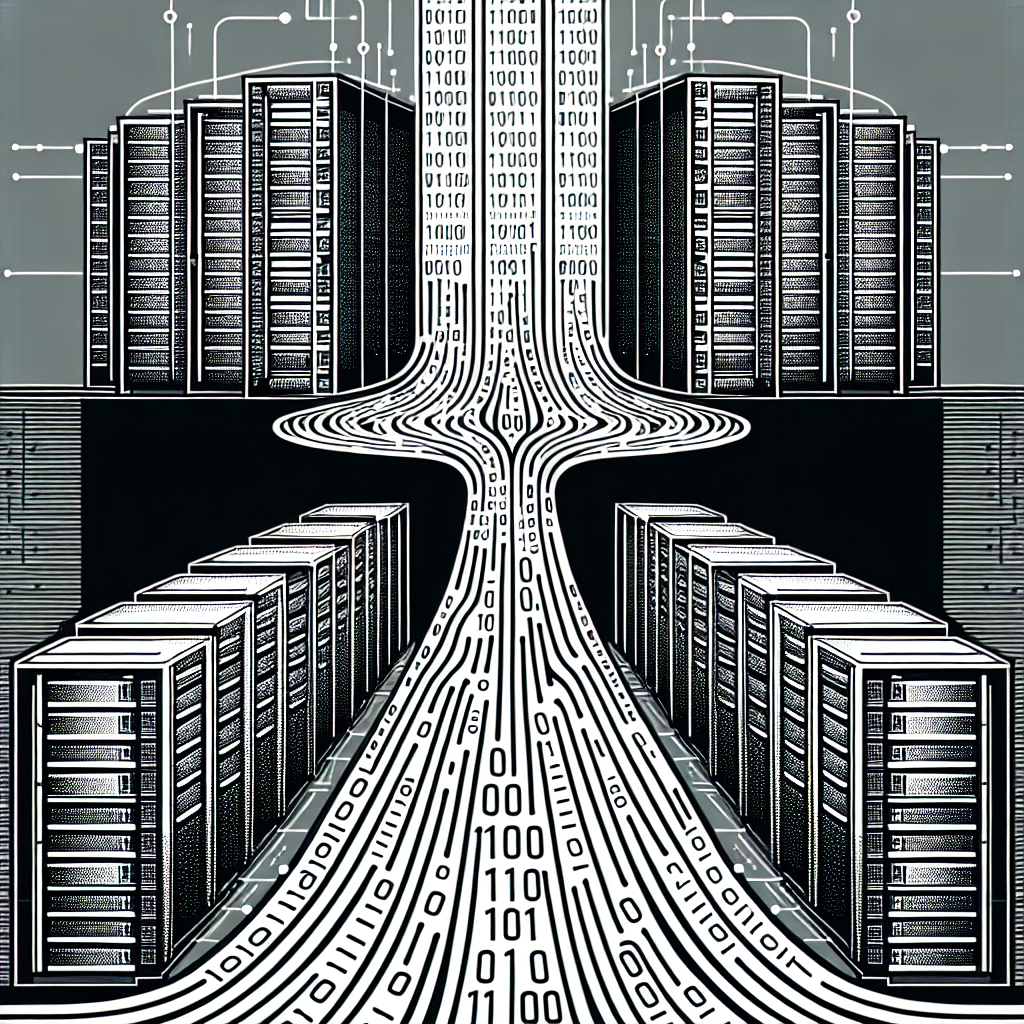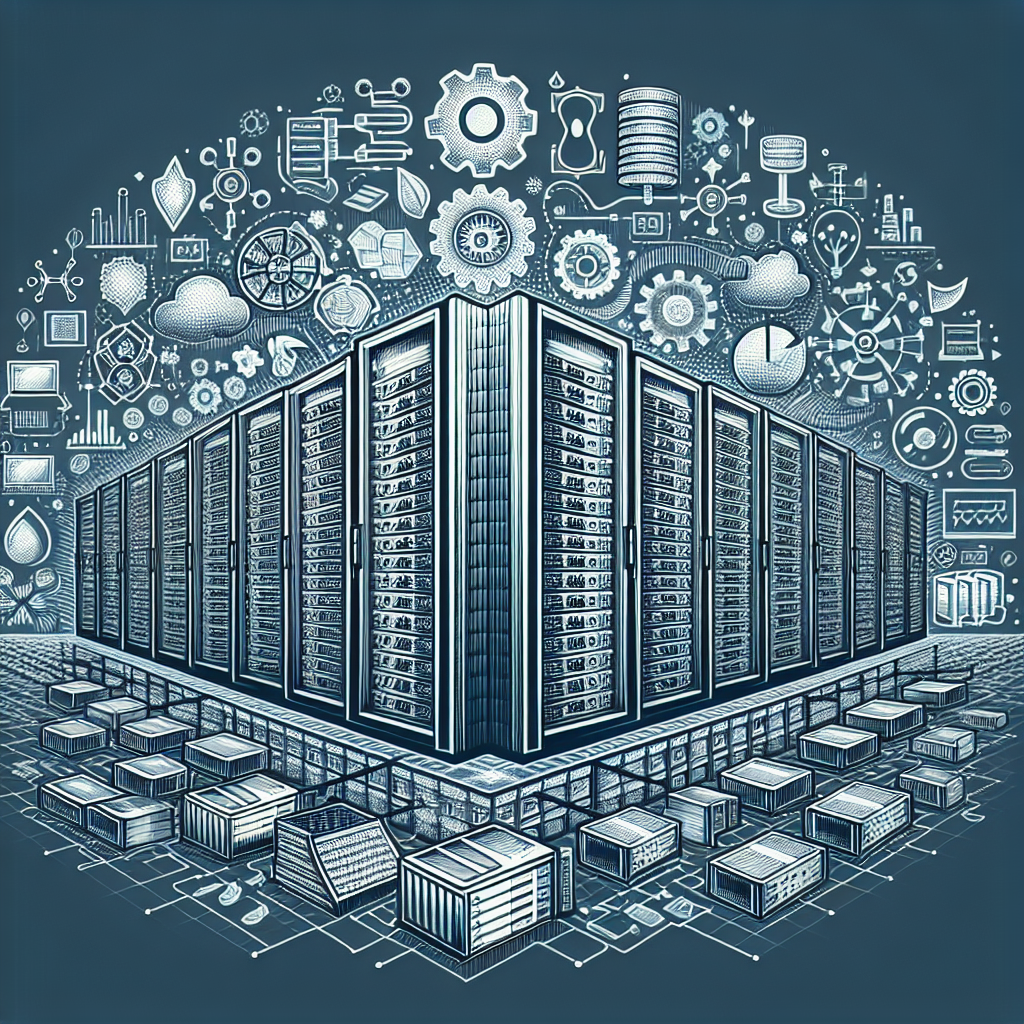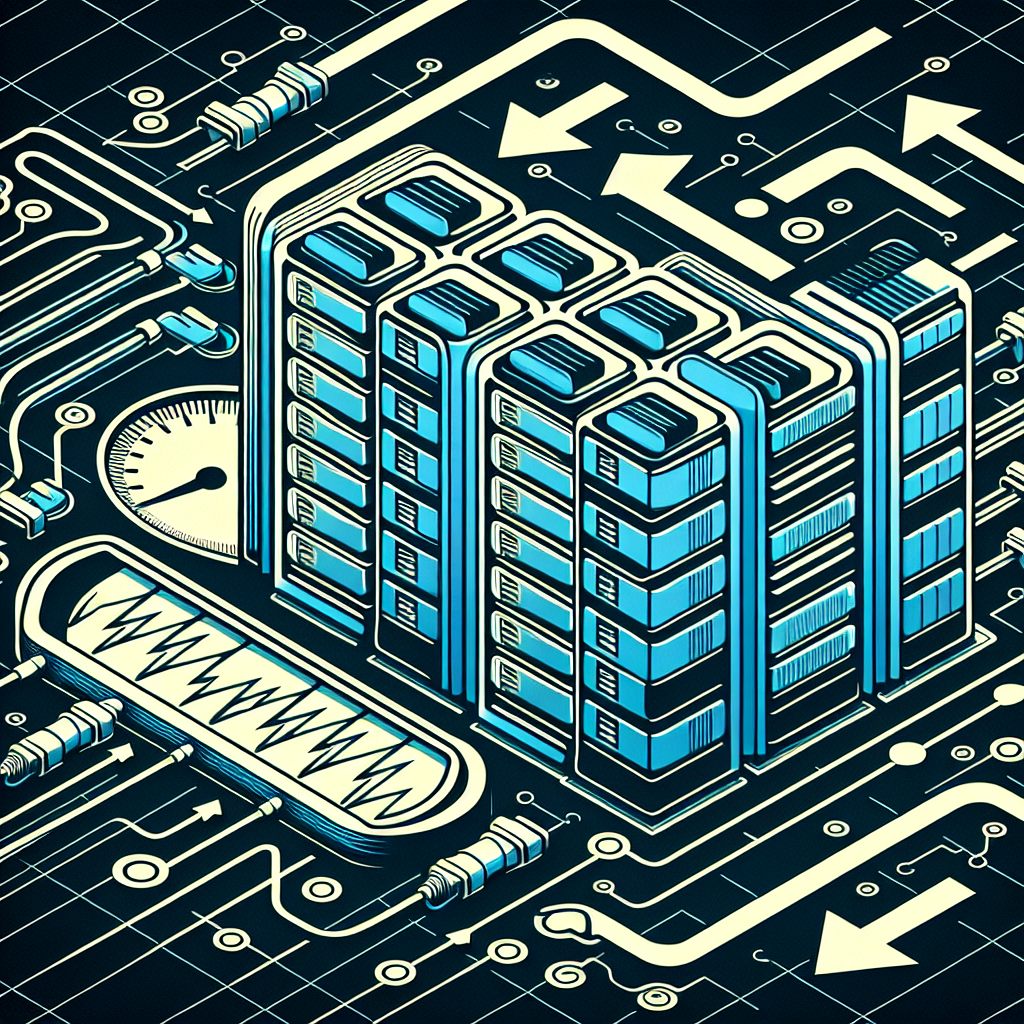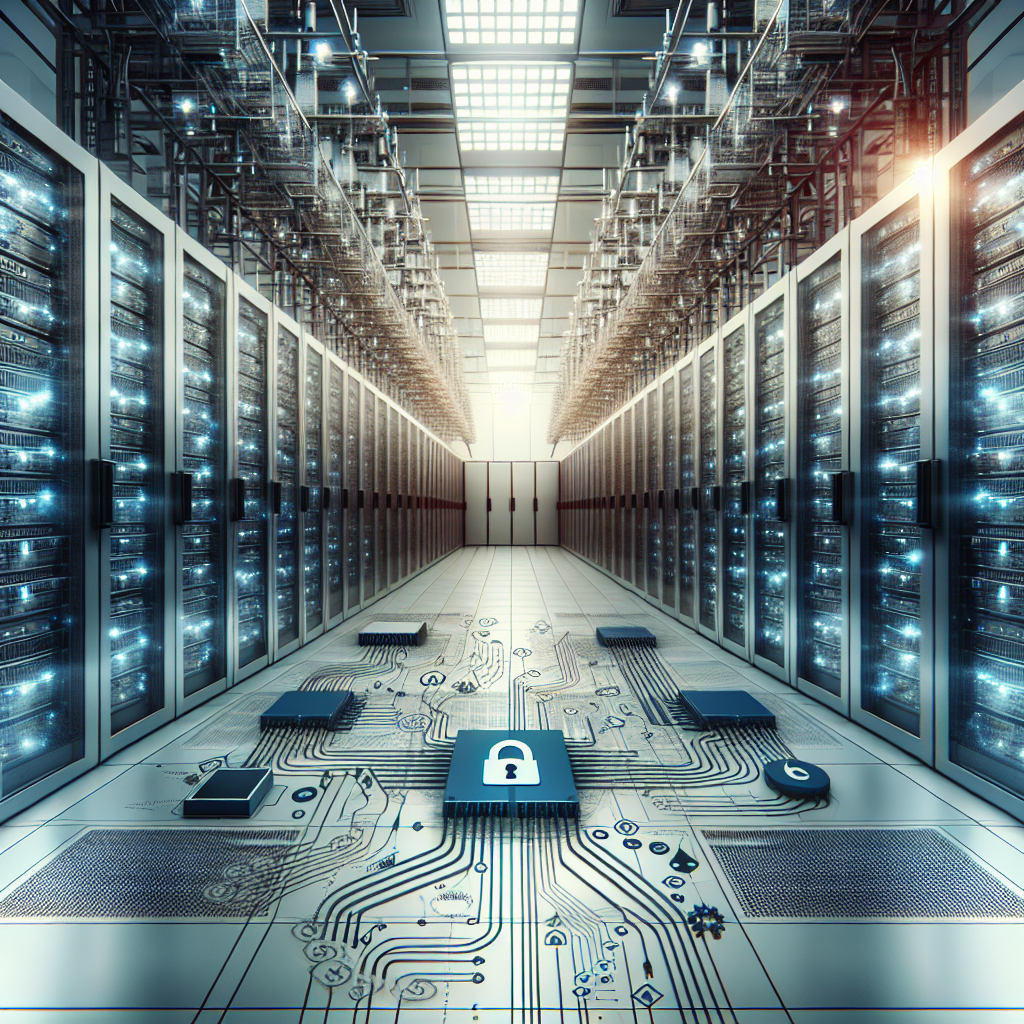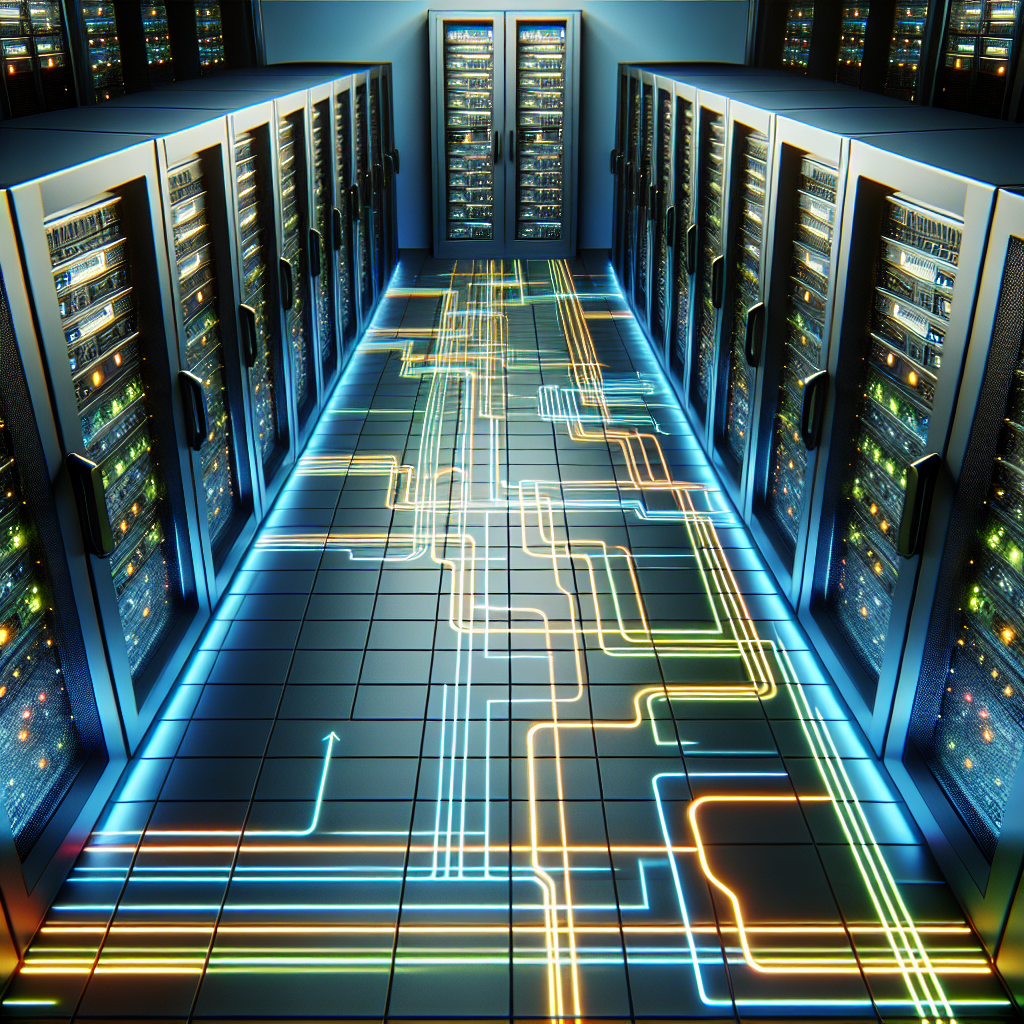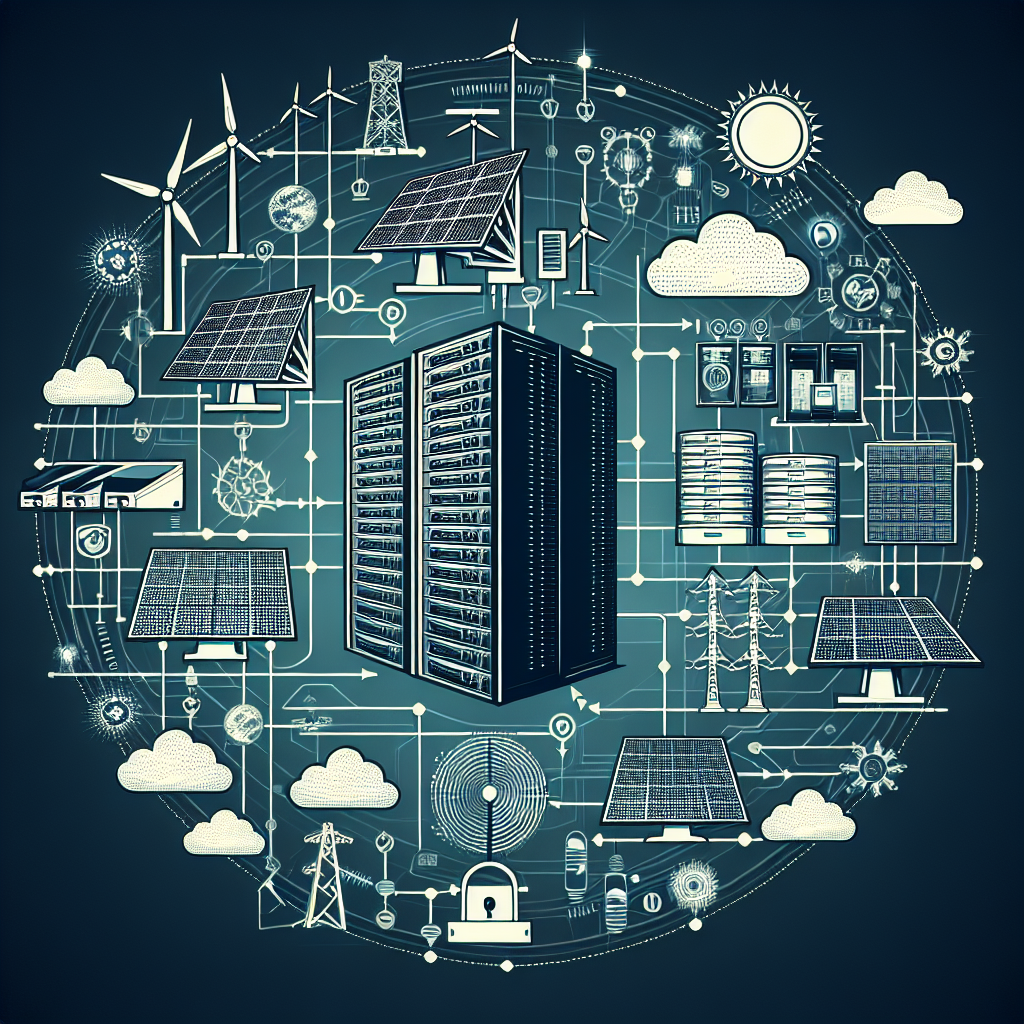Data centers are the backbone of modern technology, housing the servers and networking equipment that power our digital world. With the increasing reliance on data storage and processing, it is more important than ever to ensure that data centers have proper power distribution in place.
Proper power distribution in a data center is crucial for several reasons. First and foremost, it ensures that all equipment is receiving the necessary power to function properly. Without adequate power, servers and other hardware can fail or malfunction, leading to downtime and potentially costly repairs.
In addition to ensuring that equipment is receiving the right amount of power, proper distribution also helps to prevent overloading of circuits. Overloading can lead to overheating and even fire hazards, putting both equipment and personnel at risk. By distributing power evenly across circuits, data center operators can prevent these dangerous situations from occurring.
Proper power distribution also plays a key role in energy efficiency. Data centers are notorious for their high energy consumption, so optimizing power distribution can help reduce electricity usage and lower operating costs. By carefully monitoring power usage and implementing strategies such as load balancing and energy-efficient hardware, data center operators can minimize waste and improve overall energy efficiency.
Furthermore, proper power distribution can help ensure that data centers are compliant with industry regulations and standards. Many organizations have strict guidelines in place for power distribution and electrical safety, and failing to meet these requirements can result in fines and other penalties. By implementing proper power distribution practices, data center operators can demonstrate their commitment to safety and compliance.
Overall, the importance of proper data center power distribution cannot be overstated. From ensuring equipment functionality and preventing overloads to improving energy efficiency and maintaining compliance, proper power distribution is essential for the smooth and safe operation of data centers. By investing in the right infrastructure and practices, data center operators can ensure that their facilities are equipped to handle the demands of the digital age.
